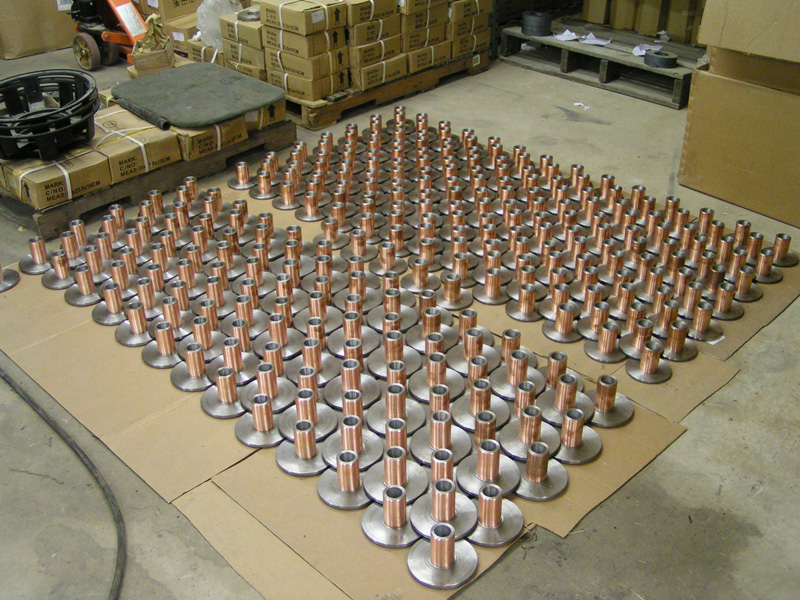knowledgebase
Lambda 001 Motor Design
Part 3: Fixing the Flux in the Gap
This issue with flux moving is a severe distortion problem in loudspeaker motors. The flux stays fixed only when the VC is stationary. The more power applied and the farther the coil moves, the more the flux moves and the greater the distortion. There are 2 basic methods for lowering this effect.
(1) Lower the electrical conductivity of the pole piece. This typically means using extremely expensive materials or sacrificing more Bl. One group of materials of interest would be the iron/cobalt alloys such as Hiperco 27 from Carpenter. The problem is the extremely high expense where the raw material for a single pole piece would be upwards of $500 on a large driver. Another option would be a powdered iron. While this is electrically non-conductive, it is also not highly magnetically permeable. You could expect to lose 20% of the flux in the gap due to the lower permeability.
(2) Permanently mount a highly conductive layer that is not magnetic between the VC and the pole. This cannot be a moving piece like an aluminum VC former. It needs to be a rigidly mounted layer, much thicker than the typical VC former.
